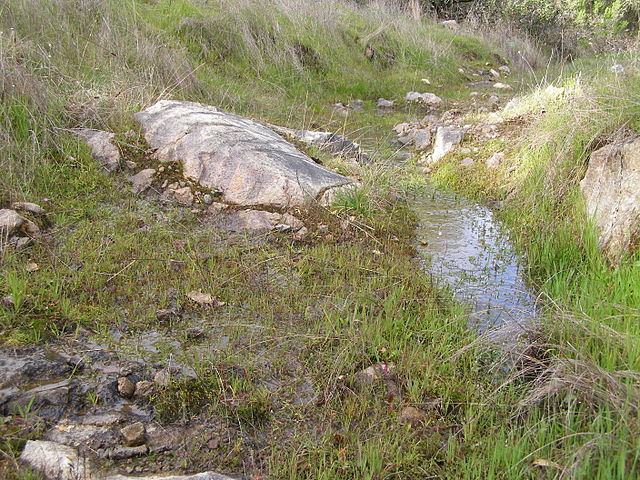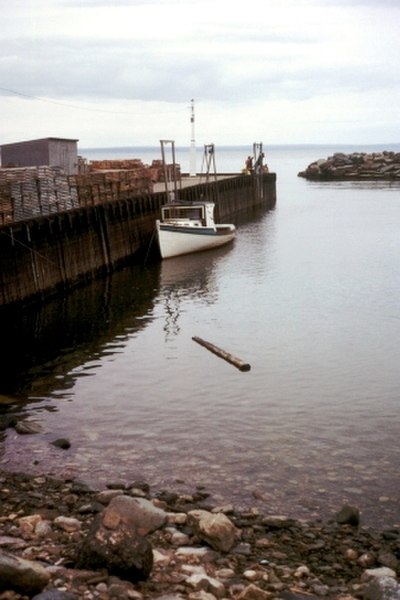Surface runoff is the unconfined flow of water over the ground surface, in contrast to channel runoff. It occurs when excess rainwater, stormwater, meltwater, or other sources, can no longer sufficiently rapidly infiltrate in the soil. This can occur when the soil is saturated by water to its full capacity, and the rain arrives more quickly than the soil can absorb it. Surface runoff often occurs because impervious areas do not allow water to soak into the ground. Furthermore, runoff can occur either through natural or human-made processes.
Runoff flowing into a stormwater drain
Surface runoff from a hillside after soil is saturated
Urban surface water runoff
Urban runoff flowing into a storm drain
Water is an inorganic compound with the chemical formula H2O. It is a transparent, tasteless, odorless, and nearly colorless chemical substance, and it is the main constituent of Earth's hydrosphere and the fluids of all known living organisms. It is vital for all known forms of life, despite not providing food energy or organic micronutrients. Its chemical formula, H2O, indicates that each of its molecules contains one oxygen and two hydrogen atoms, connected by covalent bonds. The hydrogen atoms are attached to the oxygen atom at an angle of 104.45°. In liquid form, H2O is also called "Water" at standard temperature and pressure.
Water
This pillow basalt on the seafloor near Hawaii was formed when magma extruded underwater. Other, much older pillow basalt formations provide evidence for large bodies of water long ago in Earth's history.
Specific heat capacity of water
High tide








